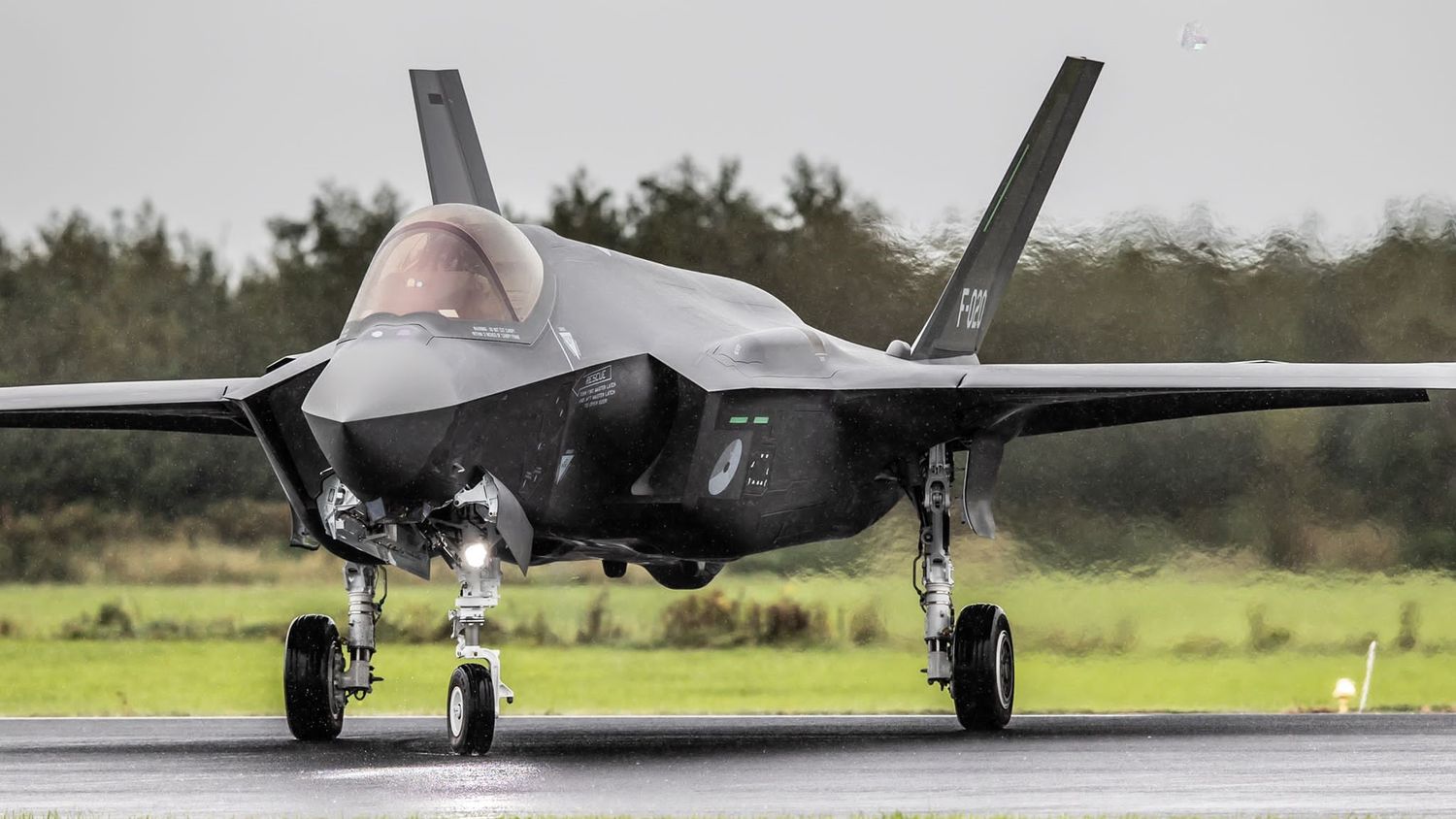The Government of the Czech Republic authorized Defense Minister Jana Černochová to start negotiations with the U.S. Government for the procurement of F-35 Lightning II multirole fighters.
«I was authorised to form an inter-ministerial negotiating team and commence negotiations with the United States Government to procure 24 units of the F-35 Lightning II multirole fighters to equip two squadrons”, Defence Minister Jana Černochová said after the Cabinet session.
In 2027, the lease on the 14 JAS-39 Gripen C/Ds currently protecting the Czech Republic’s skies comes to an end, and among their possible replacements were the F-35 and Gripen E.
Stockholm’s final card
Seeing how the Lightning II was positioned as a favorite with the Czech government, the Swedish ambassador to the country, Fredrik Jörgensen, approached a near-zero-cost offer. During an interview, he said that the Czech Republic can keep the Gripens it leased from Sweden for free.

See añsp: F-35 or Gripen (almost) free: a tempting offer for the Czech Republic
The Swedes argue that continuing with the Gripen line implies a smooth transition to the E model. The Czech pilots know the machines well, the mechanics are familiar with them and the infrastructure is adapted to their use; therefore, the costs and times of such transition are considerably reduced.
In addition, sources inside the government argued that a Gripen flight hour costs about $5,000, while an F-35 costs about $30,000, so maintaining 24 of these fighters would eat up a good part of the annual defense budget, putting at risk other modernization and acquisition programs.
Despite these arguments, Prague opted for the Lockheed Martin product.
F-35 Lightning II, the chosen one
As in other competitions ( ex: Finland/Switzerland), the fifth-generation fighter aircraft ended up prevailing over its previous-generation rivals.

“Our decision to select this option is based on the analysis by the Czech Armed Forces, which clearly articulates that only the most advanced 5th generation fighters will be able to meet mission requirements in future battlefields,” explains Minister Černochová and goes on to say that the acquisition needs to be decided now because the costs of weapon systems have been growing continuously while manufacturing capacities and input materials become scarce, which extends the lead times. “We must not hesitate, because the lead times take years,” says the Minister and adds that 2027, when the lease contract for the existing supersonic capability expires, only seems to be far away.
See also: Switzerland releases details of F-35 and Patriot missile deal
The F-35 multirole fighters offer a solution for decades. “The F-35 Lightning II will represent a highly competitive aircraft even in 2040, whereas the so-called 4+ generation of fighters will have become obsolete by then. In addition, the F-35 is not just a fighter – it provides an aerial capability combining a fighter, air defence element, as well as cutting-edge surveillance and command, control and communication centre while being part of a broad network of Internet of Things including unmanned aerial vehicles, and is able to perform missions that are completely outside the capabilities of the current aircraft,” Chief of General Staff Major General Karel Řehka elaborates on the requirement of the Czech Armed Forces.
The rationale behind increasing the number of fighters is the fact that the present quantity of supersonic fighters no longer meets the current tasking and given the worsening security situation, the volume of performed missions will continue to grow.
Finally, the Czech government press release argues that acquiring the same fighter aircraft as the U.S. Poland, and other European NATO allies, will strengthen cooperation, joint training, capability sharing and lower logistics costs.


Comentarios
Para comentar, debés estar registrado
Por favor, iniciá sesión